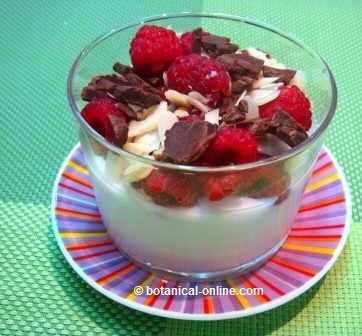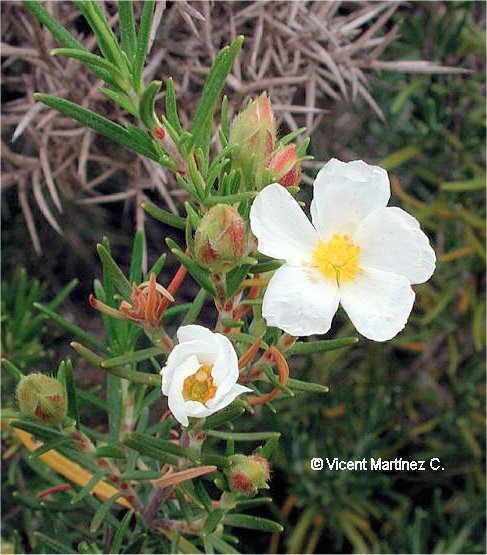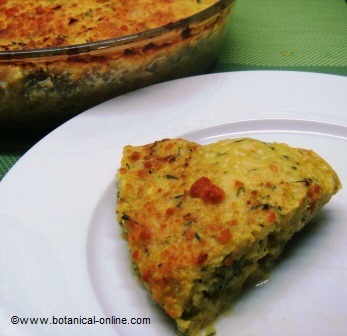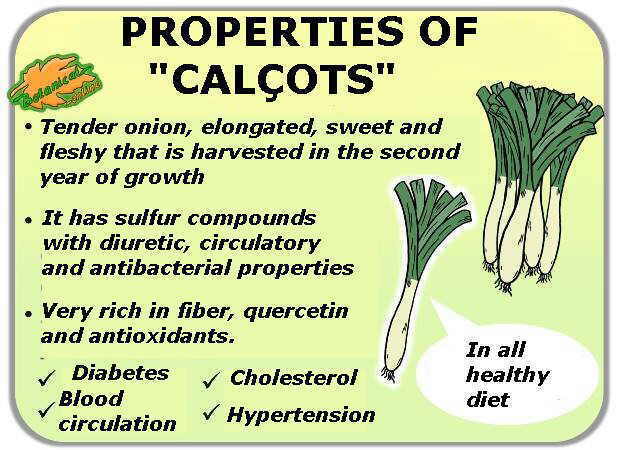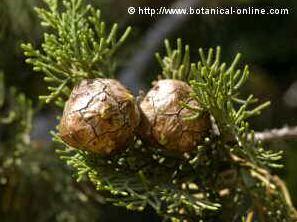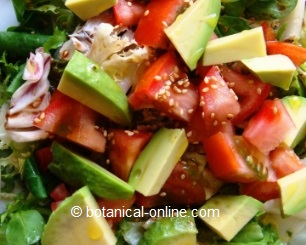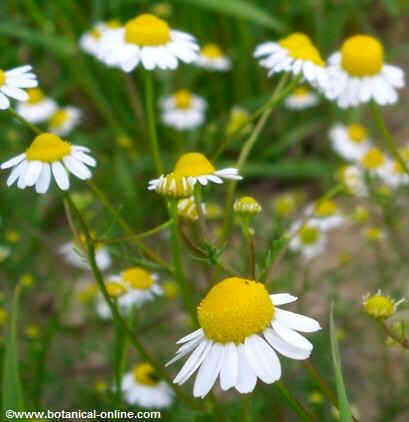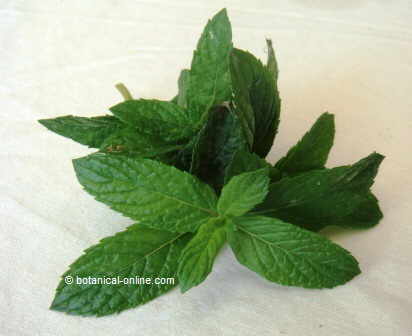Contents
What is a cherry plum?
Characteristics of a cherry plum (Prunus cerasifera)
Common names in English: Cherry plum, Myrobalan plum, Purple-leaf-plum
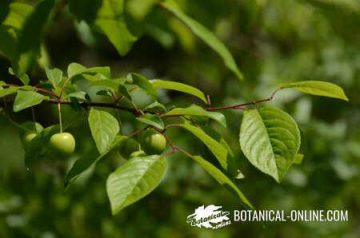
Its fruits are like small cherries, hence the scientific name, provided by the botanist Jakob Friedrich Ehrhart, was called in Latin Prunus cerasifera (Prunus = Plum; cerasifera = that produces cherries).
Indeed, they are yellow o red small drupes, about 3 cm in diameter. In some bright red varieties they turn black as they mature. They are edible although very acidic.
Scientific name: Prunus cerasifera Ehr
Synonyms: Cerasus myrobalanos hort; Padus racemosa (Lam.) C.K.Schneid; Padus racemosasubsp. racemosa; Prunus cerasifera subsp. myrobalana (L.) C.K.Schneid.; Prunus divaricata Ledeb.; Prunus domestica var. myrobalana L; Prunus myrobalana (L.) Loisel.; Prunus cerasifera var. orientalis Popov; Prunus cerasifera subsp. sogdiana Cinovskis; Prunus mirabilis Sumner; Prunus orientalis Kudr.; Prunus sogdiana Vassilcz.
* See: Cherry plum in other languages
Family: Rosaceae
Varieties of cherry plums
There are many varieties of this species. One of the most recognized varieties as an ornamental plant is called Prunus cerasifera “Atropurpurea” or Prunus cerasifera “Pissardii”, from which comes one of its common names, that is Pissard’s cherry plum. Pissard was the gardener of the King of Persia and the person who managed to create this variety from a natural mutation of one of the plum trees that he grew in the Royal Garden.
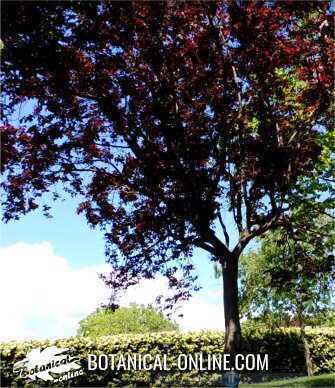
In 1880 he brought it to France to be planted in numerous parks and avenues, for the beauty of its white-pink flowers that appear in spring before the leaves come out. But, above all, it is grown because of the color of its reddish leaves, which become darker as it matures.
Hybridization between cherry plums (Prunus cerasifera) and blackthorns (Prunus spinosa) resulted in European plums (Prunus domestica).
However, genetic studies on this last species seem to show that the European plum trees would only come from the domestication of wild Prunus cerasifera specimens.
Origin and habitat of sweet cherry
It appears that it originated in western China and spread throughout Southeast Europe and western and central Asia. It was widely cultivated as a fruit tree thousands of years ago in Asia Minor and the Caucasus, spreading through the Balkans and the Mediterranean about 200 years BC.
Some garden varieties can be found today in many temperate regions of the world, either as a garden plant or as a naturalized species.
It is a species that, in the wild, grows very well in temperate zones because it is very adaptable. It withstands the cold and dryness well, as well as the wind. It also adapts to all types of soils, including sandy or gravelly and those with few nutrients, although it does not tolerate that they are compact.
It is a very resistant plant that all it needs is enough light. It appears on the edge of the forest, in open areas, along rivers and in degraded areas.
It does not support the maritime winds.
- The adaptability of this plant has determined that in some places it is considered an invasive plant. This is what has happened in Australia where the garden plum hybridizes easily with other wild plum trees from that land and invades large areas.
Description of a cherry plum
Deciduous tree of the Rosaceae family, between 8 and 12 high, although it can also grow as a much lower shrub.
Dark brown erect trunk, sometimes with gray spots. It differs from European plum because its young branches do not contain pilosity and because the leaves only have small hairs on the underside of the central veins. European plum (Prunus domestica) has a clear whitish pilosity on the young branches and on the underside of the leaves.
Ovate leaves up to 7 cm with a bright green upper surface, glabrous on the upper surface, with hairs on the central veins and on the petiole.
Hermaphroditic, white or pinkish-white flowers, 1.5 cm in diameter, in corymbs of 3 to 7 cm. Flowers often solitary. It blooms from the end of February to the end of March.
Yellow or red fruit drupe, edible, globose, 2 to 2.5 cm in diameter, yellow. Ripe fruits between August and September.
Composition of the fruits of the cherry plum
Cherry plum mainly contains the following components:
- Carbohydrates: (Especially sucrose and glucose and with lesser amounts of sorbitol)
- Vitamins: Vitamin E and Vitamin A (especially vitamin B1 (thiamine) and vitamin B6 (Pyridoxine)
- Minerals: It’s very high in potassium, magnesium and zinc.
![]() More information on plums
More information on plums

